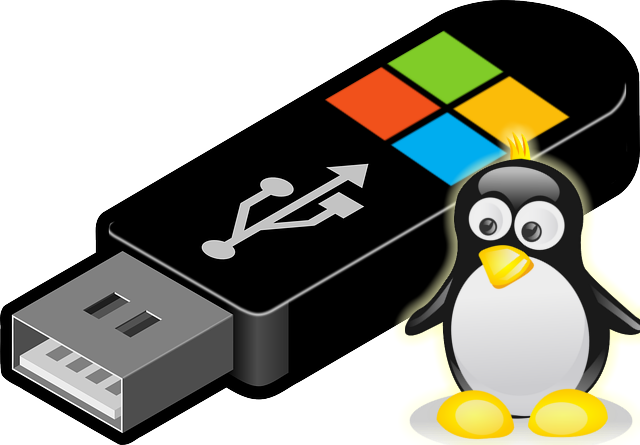

Note: If the USB drive does not appear in the Startup Manager, it might not be bootable. Use the arrow keys to select the USB drive from the list, and press the Enter key or the Return key to start your Mac from the USB drive. The Startup Manager displays all the bootable volumes connected to your Mac, including the USB drive.Ĥ. Press and hold the Option key immediately after the startup sound to open the Startup Manager.ģ. Connect the USB drive to your Mac computer and turn it on.Ģ. Here are the steps you can follow to boot directly from USB on Mac:ġ. Video Tutorial:How to boot Windows on Mac with USB? How do I boot directly from USB on Mac?īooting your Mac computer directly from a USB drive can be useful in situations when you need to troubleshoot or install a fresh operating system.

Once that’s done, you’ll need to install Apple’s Boot Camp drivers to make sure your MacBook’s hardware is fully supported. In conclusion, to boot Windows 10 from a USB on a Mac, you need to create a bootable USB drive, partition your hard drive, and install Windows 10. These drivers provide support for MacBook hardware, such as the keyboard, trackpad, and speakers. Once Windows 10 is installed on your Mac, you’ll need to install Apple’s Boot Camp drivers. Boot Camp Assistant will guide you through the installation process, including formatting the Windows partition and copying files from the USB drive. Insert the Windows 10 USB drive and click “Start Install”.

Pick a size that suits your needs, although it’s recommended to have at least 50 GB for Windows.

It’s always a good idea to create a new partition for Windows. This software will also automatically download the latest drivers for MacBook hardware.īoot Camp Assistant will ask you to partition your hard drive. Once you’ve launched Boot Camp Assistant, follow the instructions to download Windows support software. One of the popular software to create a bootable USB drive is called “Boot Camp Assistant”, which comes pre-installed on all Macs.īoot Camp Assistant can be found in the Applications > Utilities. To create a bootable USB drive, you’ll need a Windows 10 ISO file, a USB drive with at least 8GB of storage, and software that can make a bootable USB drive. Step 1: Create a Windows 10 Bootable USB Drive Here’s a step-by-step guide on how to boot Windows 10 from a USB on Mac:


 0 kommentar(er)
0 kommentar(er)
